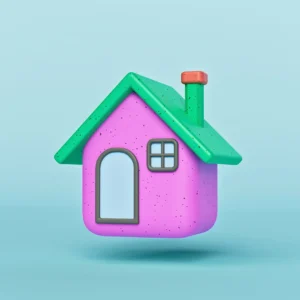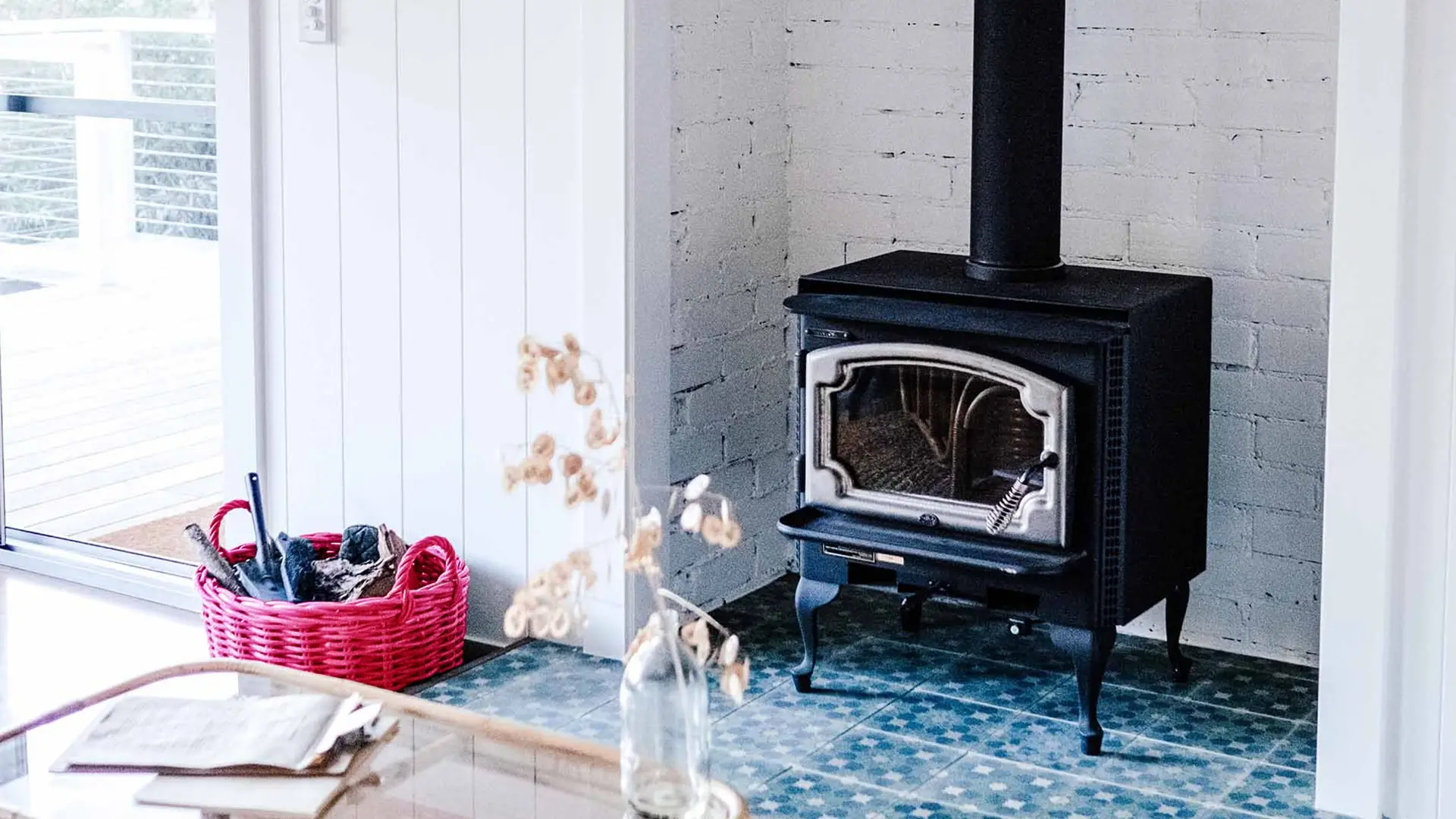There are certain features of your home that can disqualify you from being covered by standard insurers. They include knob and tube wiring, wood burning stoves, and homes over 100 years old. Other factors, like certain dog breeds, have nothing to do with the home itself, but may also present a challenge when shopping for insurance. The fact is you may pay slightly higher premiums, and coverage may have limitations, but almost any home can be insured.
With auto insurance, it’s not that hard to understand why some cars and drivers are more expensive to insure. When it comes to home insurance though, it can be difficult to understand what companies are focusing on to set premiums. If you’ve recently moved, you may have been surprised when your insurance broker told you that your new home is non-standard or high risk, and is going to cost you more than you’re used to paying. Below we discuss some of those factors, and why they make you or your home challenging for insurers.
Your credit score
Because home insurance isn’t mandatory, the government doesn’t regulate it as tightly as auto insurance. As a result, insurance companies can use your credit score to help determine your home, condo or tenants premium, and to decide if they want to insure you at all. They are not allowed to do this for auto insurance.
It’s important to note that you are never obligated to consent to a credit check. But if you choose not to, you’ve just disqualified yourself from most of the more affordable home insurance providers, and will probably pay double (or more) what you would if you had a good credit score and consented to the check.
If you do allow a credit check, then your broker will run what is known as a “soft” check, which won’t affect your credit rating. If you have good credit, consenting to the credit check will get you access to all the top insurance companies, and the best rates, in the province.
But why?
Insurers do their best to predict how likely their customers are to make a claim. A low credit score has been statistically proven to be an accurate predictor of more claims and higher cost claims. It’s also an accurate predictor of the likelihood that you won’t pay your premiums on time. If you refuse to share your credit information, the insurance company will rate you on the assumption that your credit rating is bad.
Non-standard wiring – homes built before 1980
Homes built in the last 30-40 years in Ontario are subject to strict safety standards, including copper wiring and 100-200 amp service. But if you own or rent a home that was built in the 1970s or earlier, the wiring may become a problem for you when shopping for insurance.
60-amp service
Electrical standards have evolved as Canadians have started using more and more electricity at home. There was a time when 30-amp service was the standard, and that might have made sense when people had gas stoves and dried their laundry on a clothesline. Those 30-amp homes are very rare now, but there are a lot of post-war builds still standing today with 60-amp service, which was the standard in the 1940s and 50s.
With more and more electrical devices in the home, and electric vehicles gaining in popularity, the Ontario government changed the province’s building code in 2018 to require 200-amp electrical service in every new home. For the time being, insurers seem to be perfectly happy to insure 100-amp residences, which is the overwhelming majority of current homes in the province, as that was the standard from the late 1950s until now.
The risk is that overloading a 60-amp circuit by using multiple electrical devices at the same time will lead to overheating, and possibly fire. If your home has 60-amp service, most standard market insurers won’t cover it, but that’s why you shop with a broker that works with a bunch of different insurance companies. You may pay a little more, but Mitch can certainly get you the coverage you need.
Knob and tube or aluminum wiring
Prior to 1950, most homes in Canada were powered by knob and tube wiring. This type of wiring can be dangerous because it does not include a ground wire, and can lead to electrical shocks and fires. This is especially true where homeowners or unlicensed contractors have tried to connect newer light fixtures, switches and electrical sockets to a knob and tube system.
Aluminum wiring became very popular in homes during the 1960s and 70s due to copper shortages and the relatively cheaper price of aluminum. Unfortunately, it corrodes faster, and deforms when exposed to heat. That tends to cause problems over time at connection points in the home, and can lead to fires. In fact, statistics show that a home with aluminum wiring is 55 times more likely to be considered a fire hazard than one wired with copper.
Just like 60-amp service, aluminum wiring, and especially knob and tube, will limit your options for insurance, and you’ll pay a little more. In the case of knob and tube, expect that the insurance company will want a safety inspection done. But as long as your wiring is deemed to be in good condition, you’ll get insurance, and the price won’t necessarily be that much more.
Oil or wood-based heating
As of 2005, 85% of homes in Canada were heated primarily by natural gas or electricity. Insurance companies consider these heat sources the safest and least likely to lead to claims. So, it stands to reason that homes heated by electricity or gas are generally the most affordable in terms of insurance.
Oil heating: If your home is heated by an oil furnace, the main risk from an insurance perspective is the risk of a badly maintained oil tank leaking, which can lead to huge environmental cleanup costs that would be paid out of your home’s liability policy. A study in Atlantic Canada revealed 663 such claims between 2008 and 2011, with an average cost of almost $120,000. And it’s not just older tanks either. The same study found that 65% of the leaky tanks were less than 10 years old.
Wood heating: Wood stove heating presents a different challenge, related to fire risk. If you have a wood-burning stove in your home, even if it’s not the primary heat source, most insurance companies will want a recent inspection to ensure that it was properly installed and meets all safety standards. You will pay somewhat higher premiums regardless.
Century homes
Older homes, especially 100 year-old homes, can be particularly difficult to find insurance for. There are several reasons for this. For one thing, the building materials a century ago did not need to meet the same standards that are in place today in terms of fire resistance. Also, the plumbing, heating and wiring probably don’t meet modern standards and may be considered risky by most insurers.
There’s also the matter of rebuilding the home if it’s damaged or destroyed. Because a home insurance contract promises to rebuild your home as it was, it can be extremely expensive to find the same materials that were used 100 years ago. If your home has a “heritage” designation, that puts even more restrictions on how it needs to be rebuilt after a fire or other major loss.
The good news is that there are companies that specialize in insuring century homes. The cost will be significantly higher than what you would pay for a 10-year-old home in the same city, but coverage is available.
Aggressive dog breeds
If you’re thinking of getting a dog, the following breeds could affect your home insurance coverage:
- Pit Bulls
- Rottweilers
- Dobermans
- German Shepherds
- Great Danes
- Huskies
- Staffordshire Terriers
Some insurers have longer lists, but you should talk to your broker about the breed you’re considering to see if it might cause a problem with your home insurance. These problems range from some companies refusing to insure households with certain breeds, to higher premiums, to limitations on coverage. If you do have one of the dogs on the list, your insurer may ask to see proof that you and your pet have gone through a certified obedience training program.
Note that pit bulls are banned in Ontario, and as such, no insurance company will offer you liability coverage if you have one.
Other things that can make your home high risk
Here are a few other factors that could make your home high risk from an insurance perspective:
- Further than 300 metres from a fire hydrant and/or 8 km from a fire station
- More than 2 prior claims within 3 years (even small claims)
- Backyard pool or trampoline
- If the home is left vacant for long periods
You have options
Different insurers specialize in different types and levels of risk. Mitch Insurance works with more than 40 different insurance companies in Ontario, which means we can likely find you protection for your home, no matter how non-standard it may be. You may pay a little more than your brother-in-law, but your experienced Mitch broker will advise you on how to get the best coverage for a price that fits your budget. Call us today!
Looking for home insurance?
Speak with a Mitch Insurance broker today to get a quote on high-risk home insurance in Ontario.
Call now
1-800-731-2228






